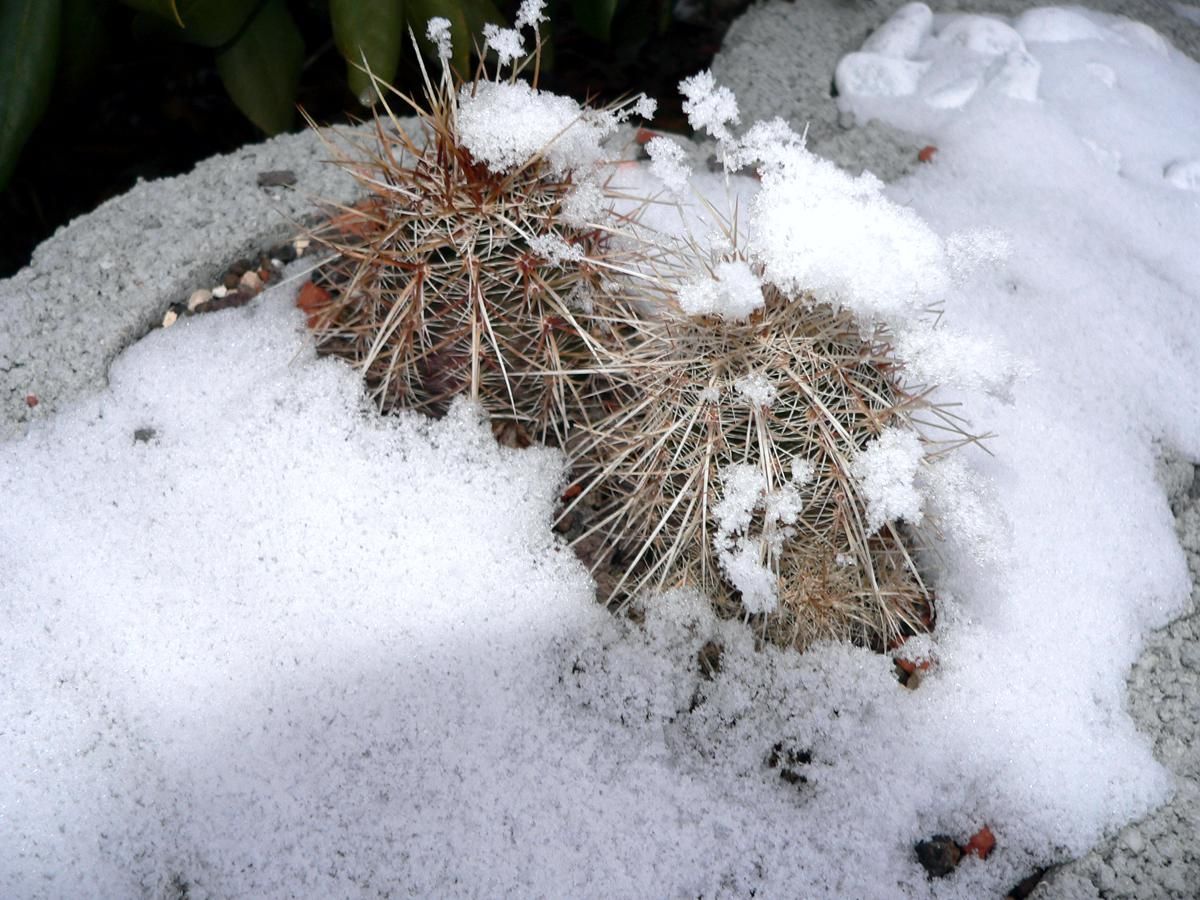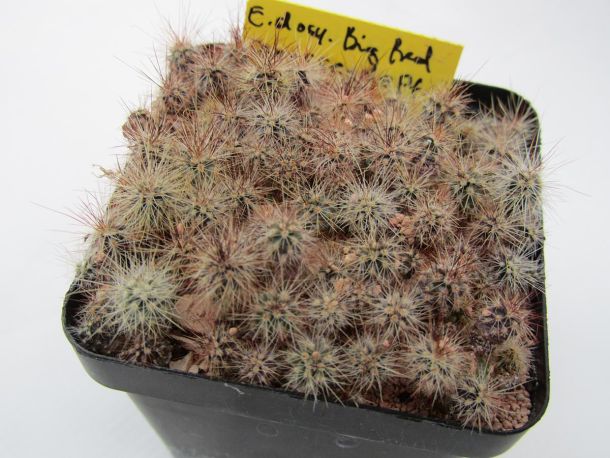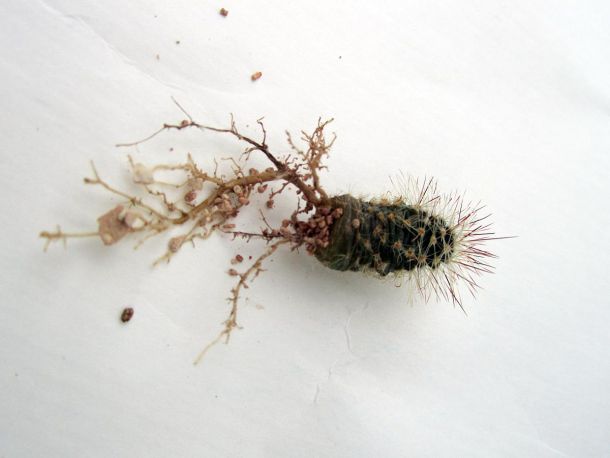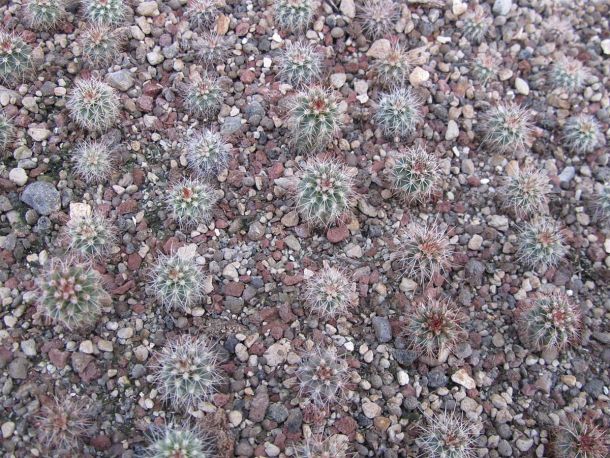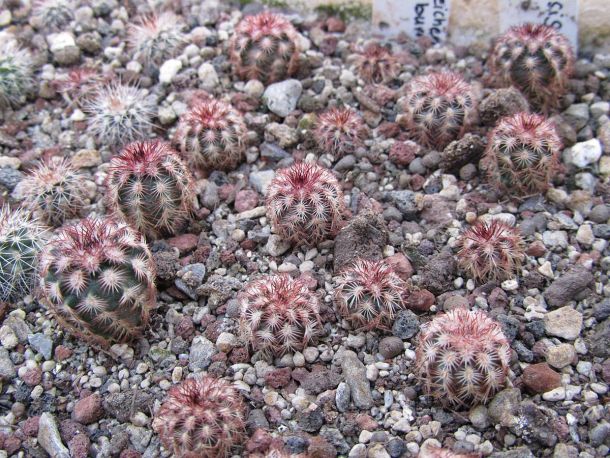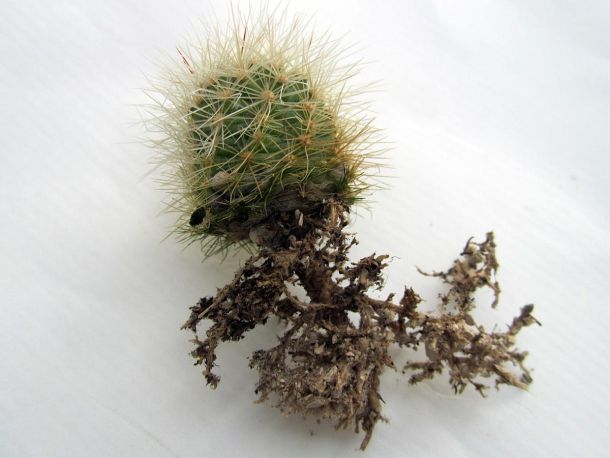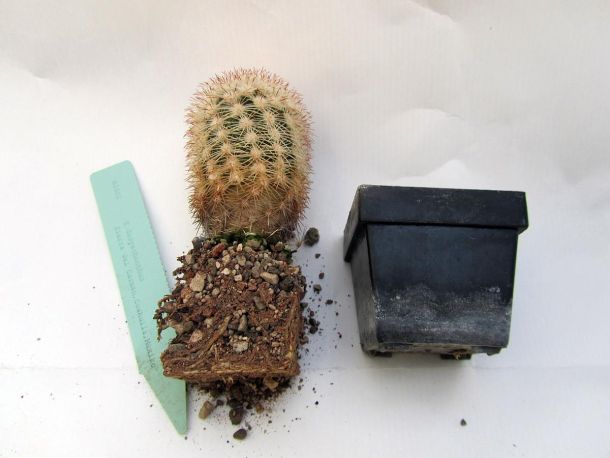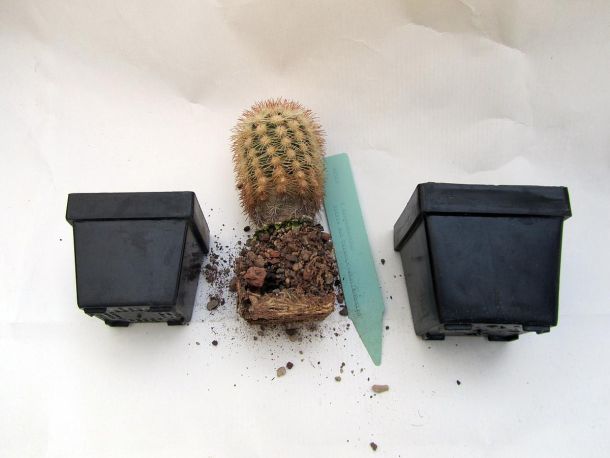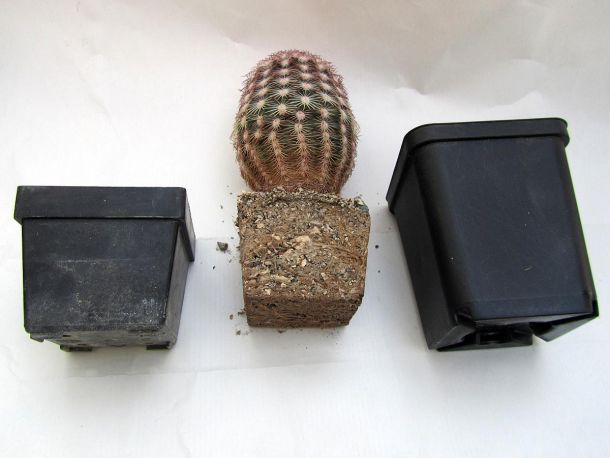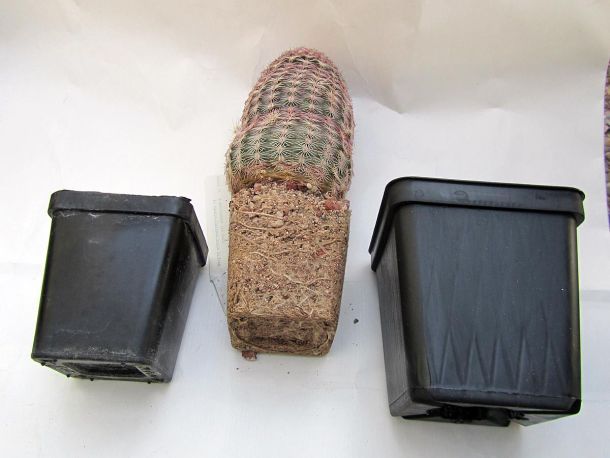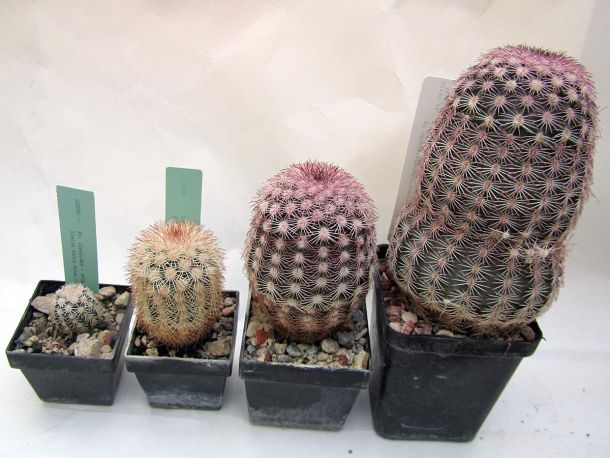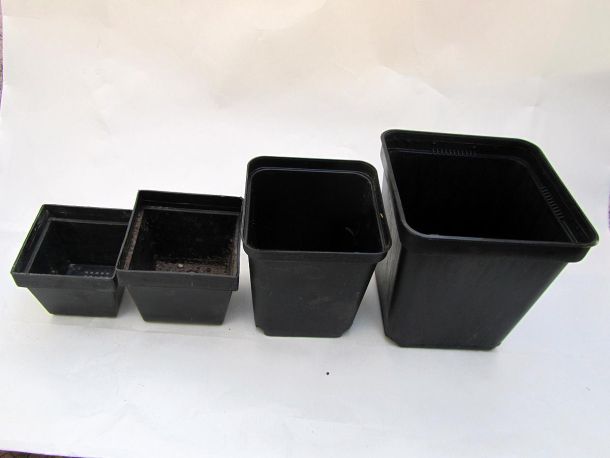CARE
Dear cactus friends, in this article I want to bring you closer to the fact that the true quality of a cactus lies beneath the surface. The visible part of the cactus is just the tip of the iceberg, so to speak.
In my career as a cultivator, I paid a lot of money for cultivation mistakes, but gained valuable experience through it. I would like to share these with you and encourage you to implement one or the other idea.
Cactus soil
Another key to successful cactus cultivation is always a suitable soil. What properties should it have? Practically explained:
- Coarse-grained but still enough fine particles
- Permeable to air and water and yet have a high water capacity
- Low pH (5-6)
- Many mineral components that the plant also needs (additives)
- No sticking of the earth - there should not be a block that has to be knocked down later
- Permanent soil also for longer use (5 to 10 years for large plants)
After many attempts, I came up with my ideal mix. I have been using this mixture for years and have had many successes with it. I work with two different types of substrates:
- For normal, insensitive cacti
- For more demanding ariocarps, lophophores, echinomasts and almost all beet roots (refined with special additives)
I can send you a small amount of this special mixture for testing. Please send an inquiry to
Watering and dry periods or the cactus as a water seeker
If the intervals between watering are too short, i.e. if the ball of the earth never dries out 100 percent, the cactus will never develop healthy root growth. Why? Cacti are water seekers and constantly enlarge their roots during the search process. This large root system is used to absorb large amounts of water in a short time and to survive longer periods of drought. The larger the root system, the easier it is for the cactus to forgive cultivation errors and to be more resistant to fungi and pests. The root ball is, so to speak, an important part of the "immune system".
Caution - don't be afraid of drying up! The cactus has a primal force of nature in its roots. The surrounding substrate is literally sucked out with an enormous suction force between 200 and 700 bar. In the time when there are only small residues of water in the substrate (dry period), the cactus forms many new roots in order to track down the very last drop.
In our cultures the mistake of keeping dry periods that are too short is repeatedly made. Also, too fine substrate is usually used, which keeps the moisture for too long. Coarser substrates, on the other hand, can dry out faster thanks to their air permeability. This motivates the cactus to form large roots that can absorb the water as quickly as possible.
A small note: With seedlings and small cacti, of course, the drying interval must not be too long, as they have too little water.
No changes in the pH curve
My years of experience have shown me that a continuous pH value curve produces real growth miracles.
How do you come to such a continuity? I use a substrate for all cacti that has a low pH value (5-6). If I add the fertilizer while watering, the pH value of the water also changes to 5-6. This pH change is the case with all fertilizers I know. Of course you can't fertilize every time, because otherwise we would grow swede instead of cacti. So I only add ¼ of the specified amount of fertilizer to the water with each watering process. That is enough to bring the pH of the irrigation water to the level of the substrate. In this way, I limit changes to the curve to the minimum, the roots are not damaged and the cactus is not over-fertilized. If you do not do this, negative changes occur in the long term in the root sheaths or in the suction roots. This damage is an ideal gateway for fungi (Fusarium), which eventually get into the cactus over the years and destroy it.
Transplanting
If you want to achieve optimal cactus growth, the cactus must always be provided with a suitable substrate and substrate volume. In the case of seedlings, care should be taken to create more space for them as soon as the plants crows. The following series of pictures should show you what the development of a large, stately plant looks like.
Fertilizer composition
The first publication of this article took place in the journal "Der Echinocereenfreund" (fertilizer composition, 1/2004).
WINTER trick
Here is a trick how I can bring my plant stones in the garden with winter-proof cacti over the winter without any problems:
- Use a 5 liter bucket; this should be transparent.
- In the lower third of the bucket, drill a number of well-spaced holes with a drill (10 mm bit) - these holes protect the plant from excessively high temperatures (plus degrees) when the sun is shining in winter. In addition, they don't let too much moisture into the bucket.
- The bucket should be weighed down with a stone so that it cannot fly away in strong winds.
- When spring arrives, collect the buckets and the cacti can grow again like in the wild.
This method works for sure!
But some cacti do not need winter protection, like Echinocereus engelmannii var. Munzii from Big Bear Lake.
